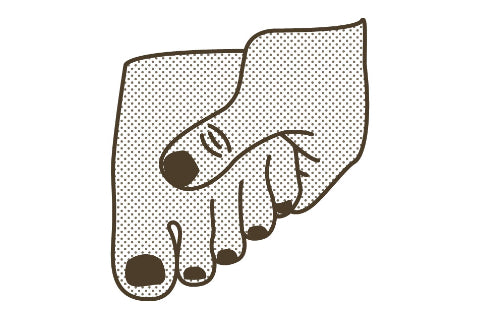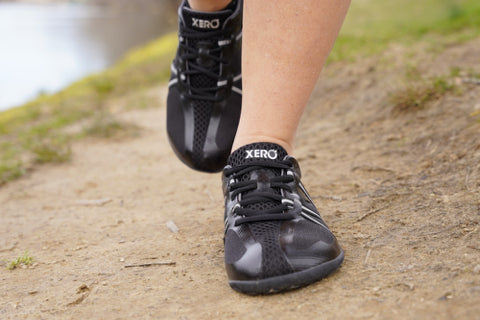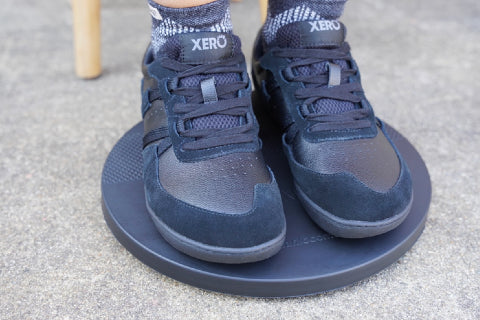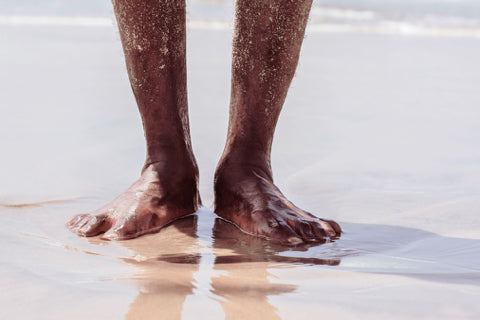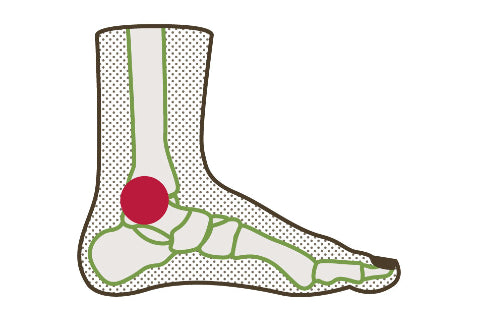
Outer foot pain is a symptom that may occur in runners, especially runners who record high weekly mileage or who use conventional athletic footwear. Numerous factors may contribute to outer foot pain in runners, including running shoes that contain injurious design features, excessive training (i.e., overtraining), an insufficient warm-up, and poor nutrition. Outer foot pain, while potentially debilitating for runners, typically responds to natural, noninvasive, and conservative therapies, such as...
Read more
 The Achilles tendon is a strong cord made of fibrous connective tissue that attaches the calf muscle group to the calcaneus, or heel bone. The Achilles tendon is located at the lower end of the calf, and it is the continuation of the gastrocnemius and soleus muscles. This tendon is one of the strongest tendons in the body and is essential for performing many occupational and recreational activities, especially athletic...
Read more
The Achilles tendon is a strong cord made of fibrous connective tissue that attaches the calf muscle group to the calcaneus, or heel bone. The Achilles tendon is located at the lower end of the calf, and it is the continuation of the gastrocnemius and soleus muscles. This tendon is one of the strongest tendons in the body and is essential for performing many occupational and recreational activities, especially athletic...
Read more

